
UPDATE: If you are having trouble sourcing timber for carving we are now selling spoon blanks, billets and green wood. For those of you on the west coast, Little Bear Sloyd also sells green wood spoon blanks. These are a great way to get started click here to see what is available. If you are into carving seasoned timber please see the list of Timber Specialists here. You might also like to read our article on Australian Green Woods for carving.
When I began my spoon carving journey, I was enthralled with videos of carvers in the UK and US sitting amongst woodlands quietly whittling by the fire. Using Axe and Knife they carved out beautiful creations from Birch, Poplar and Sycamore.
Carving in Australia is a very different story. Our trees are known to be much harder than on other continents and the high tannins in our sap are more taxing on our tools.
Most of us aren’t blessed with managed woodlands just around the corner, so where do you source the wood for your spoon carving hobby?
When I was starting out it was largely a case of trial and error as I assessed what I had in my own backyard.
The first green wood spoon I carved was from box elder. It did the job but didn’t have a whole heap of personality. A few months later a friend had a banksia come down so I scored a trailer load which carved beautifully. Banksia is a more readily available wood in Australia so I would encourage you to seek it out in your own neighbourhood.
We have a Camphor Laurel growing in our front yard so I took to it with my Pocket Boy and the results were pleasing. It proved an easy wood to carve and being a noxious weed there are no permits required for cutting it. This wood starts off rather plain and boring but I’ve found as it ages, it builds character and it also happens to smell amazing as you carve it.
Still not overwhelmed with choice, I called all the arborists in the local area. I supplied a list of suitable timbers that I was seeking, asking for any branches or logs they could spare. I’ve not had any luck in this department but I would urge other carvers to give it a try, as you could score some quality timber for a case of beer or less.

Not having any luck with arborists, I next tried a local gardener. This has been more successful. Where there isn’t a whole lot of value add for an arborist to offload their wood, for a groundskeeper/property maintenance worker I found I was doing them a favour. I have so far scored Silky Oak, Camphor Laurel, Magnolia and more via this channel and it is currently my best source of wood for carving. Make sure to let your contact know that fruit trees are a score, as quite often they will be required to prune or maintain them so you may be able to reap the rewards.
I’ve been known to stop on the side of the road and go through people’s bulk green waste collection looking for wood – my portable Pocket Boy has proved handy for this purpose. Anytime a chainsaw starts up in the area, my ears prick up and I head out looking for the source. I would encourage you to do the same, talk to your neighbours and friends and you never know what you will end up with.
I’ve seen some great examples of bamboo carving and would like to give this a try one day too as it is readily available in my area. The bottom line is that there is more than likely carving material around you that you aren’t aware of. Even if you think it may not be suitable, give it a try and you never know what discoveries you will make. Talk to neighbours and people in your community, make it known what you are after and eventually the wood will come to you. The promise of a hand carved spoon may sway them your way.
All that said, be careful as some timbers can be poisonous so do your research before you make the cut.
Do you have any great tips for sourcing wood for your Spoon Carving or Green Woodworking projects? Let us know in the comments (make sure to check out Brads comments below for some more excellent ideas).
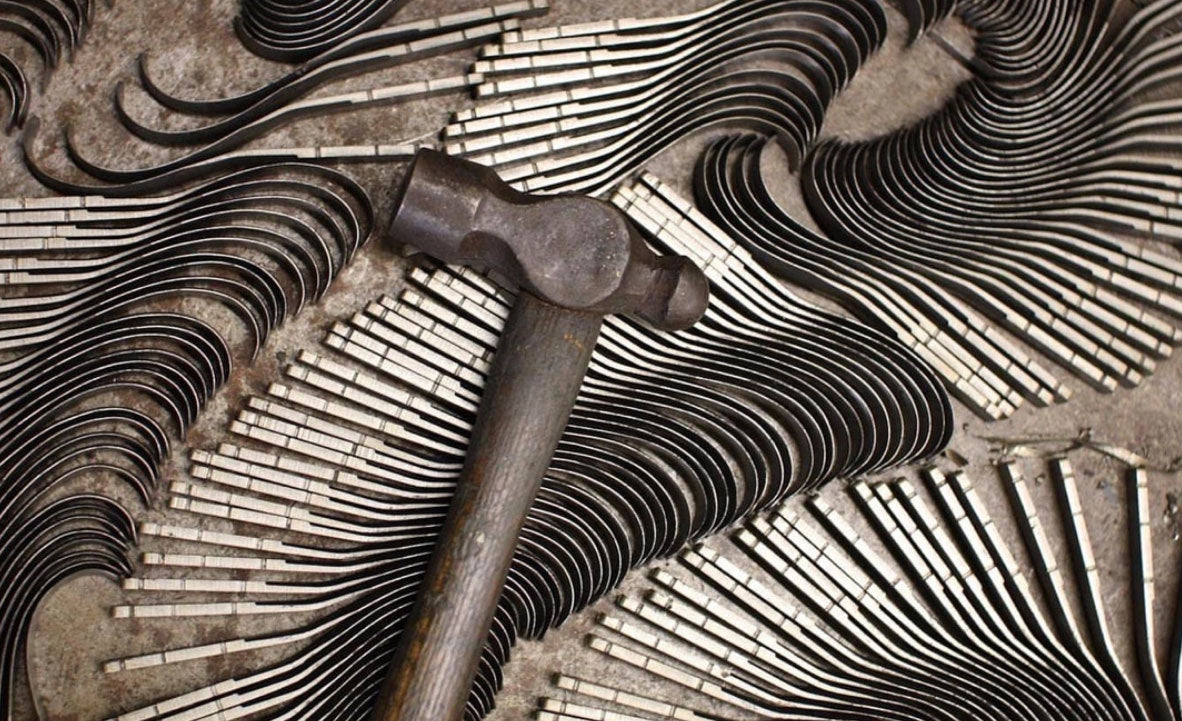
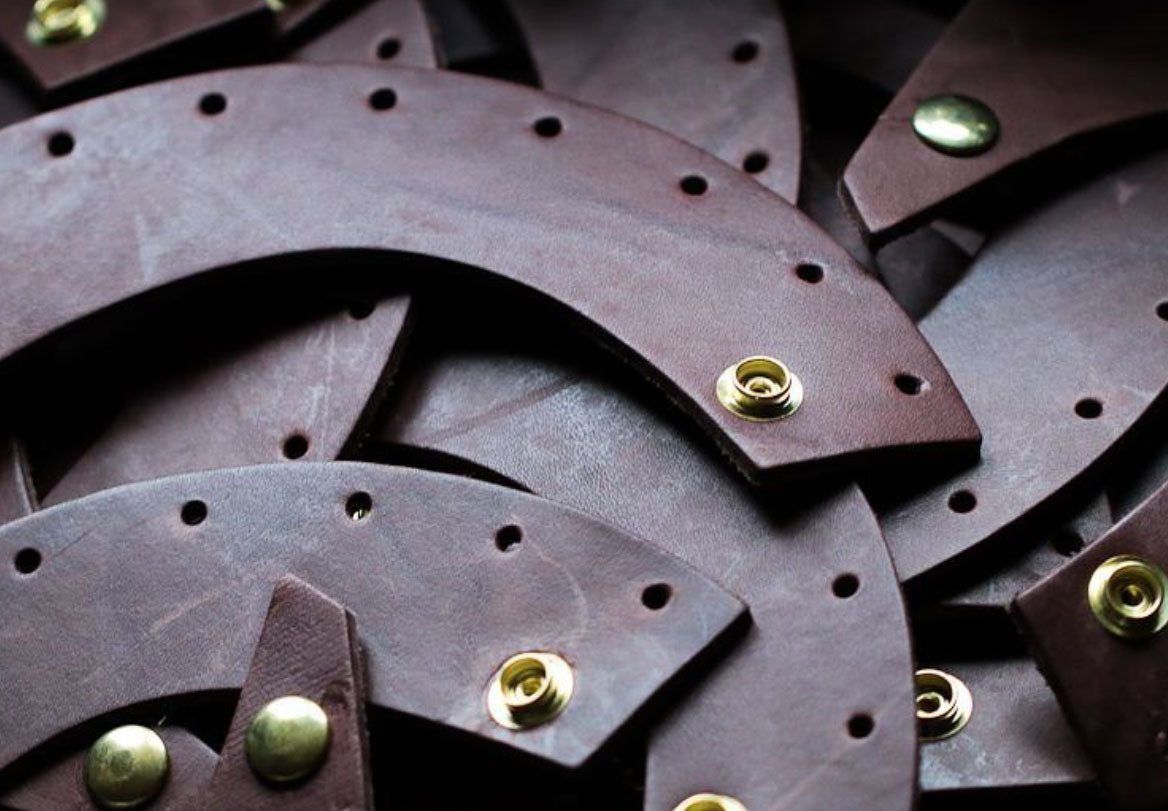
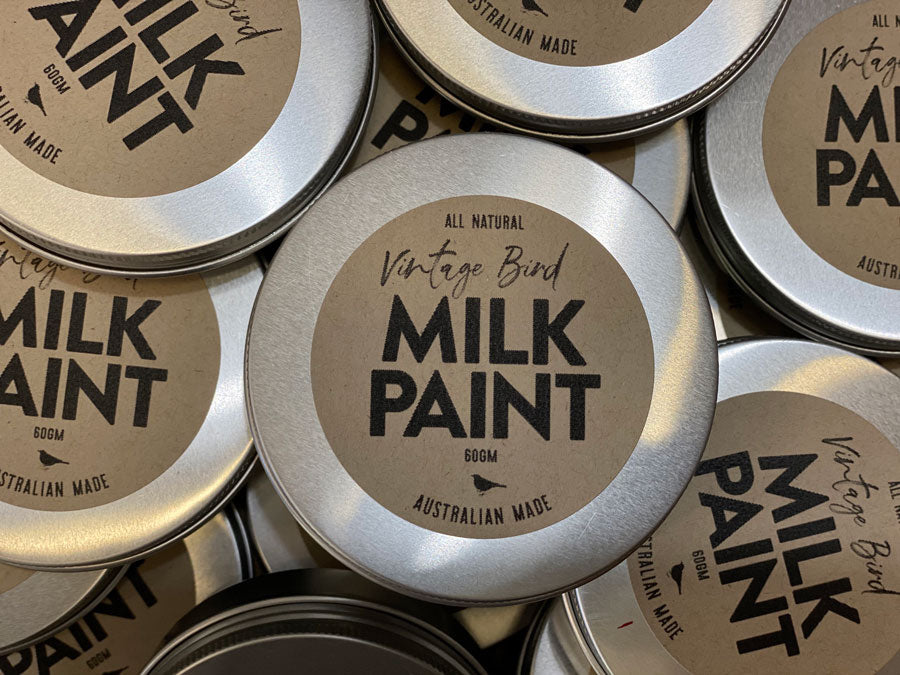
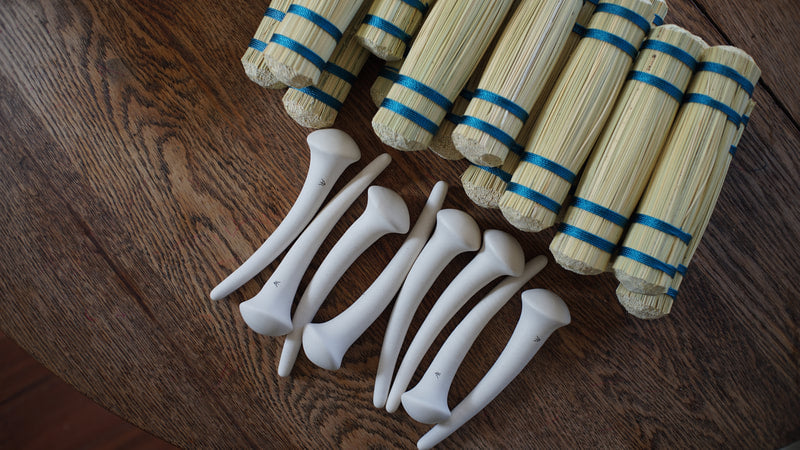
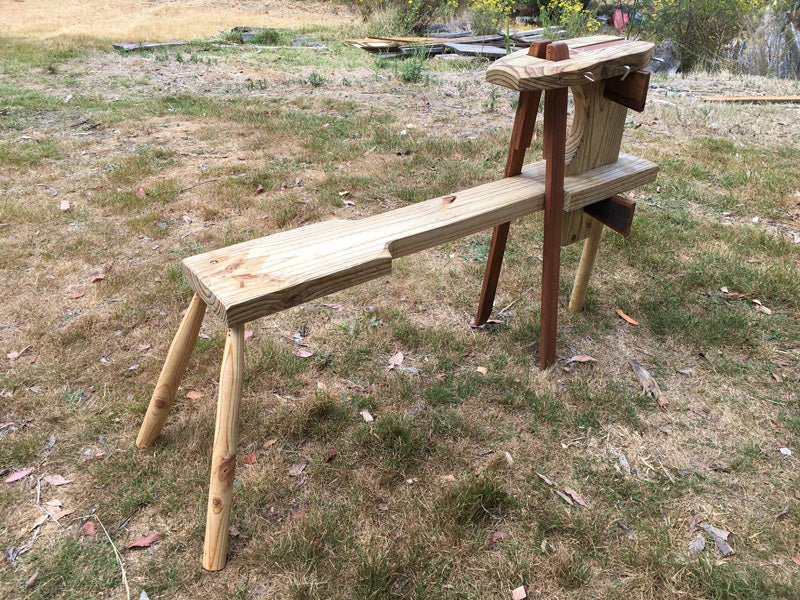
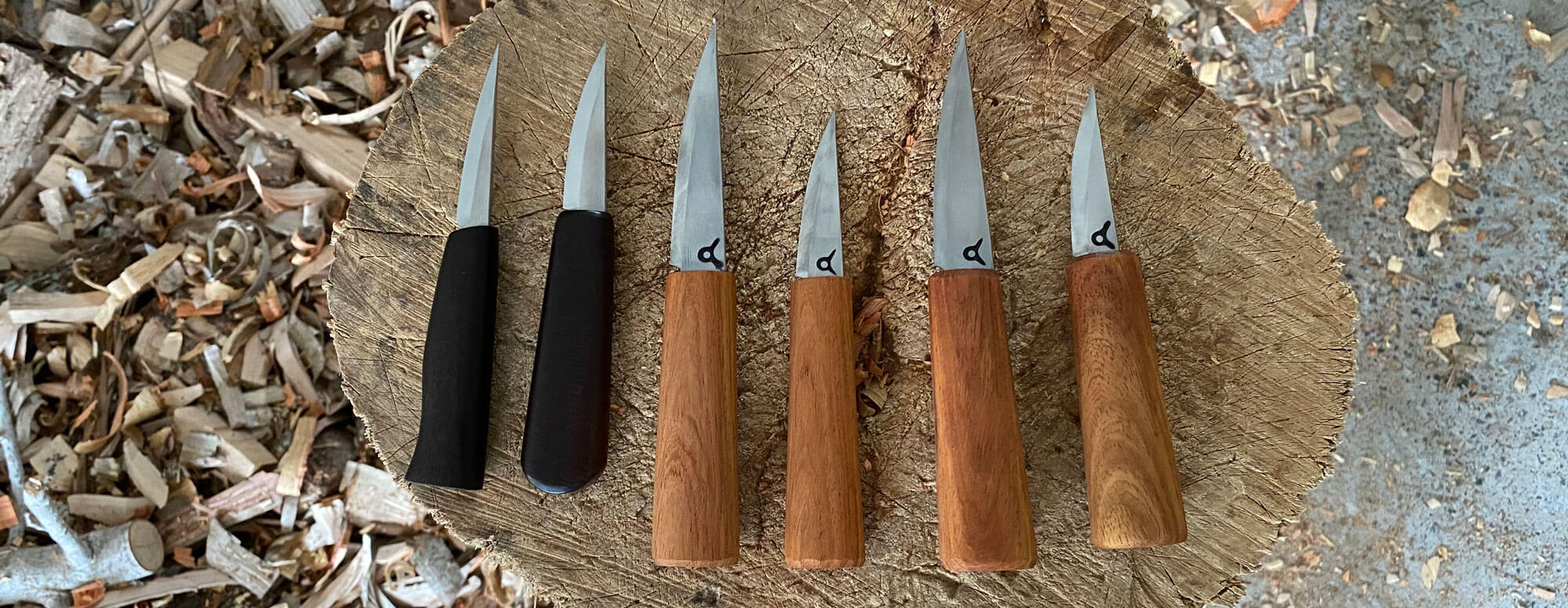
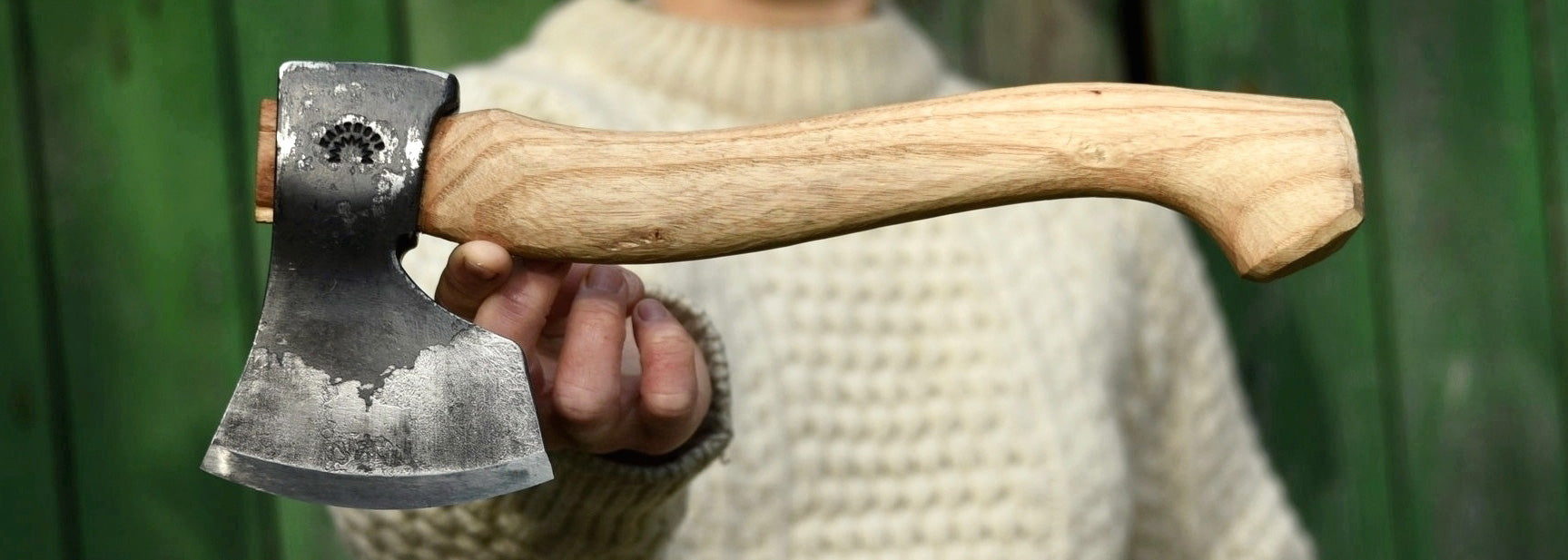
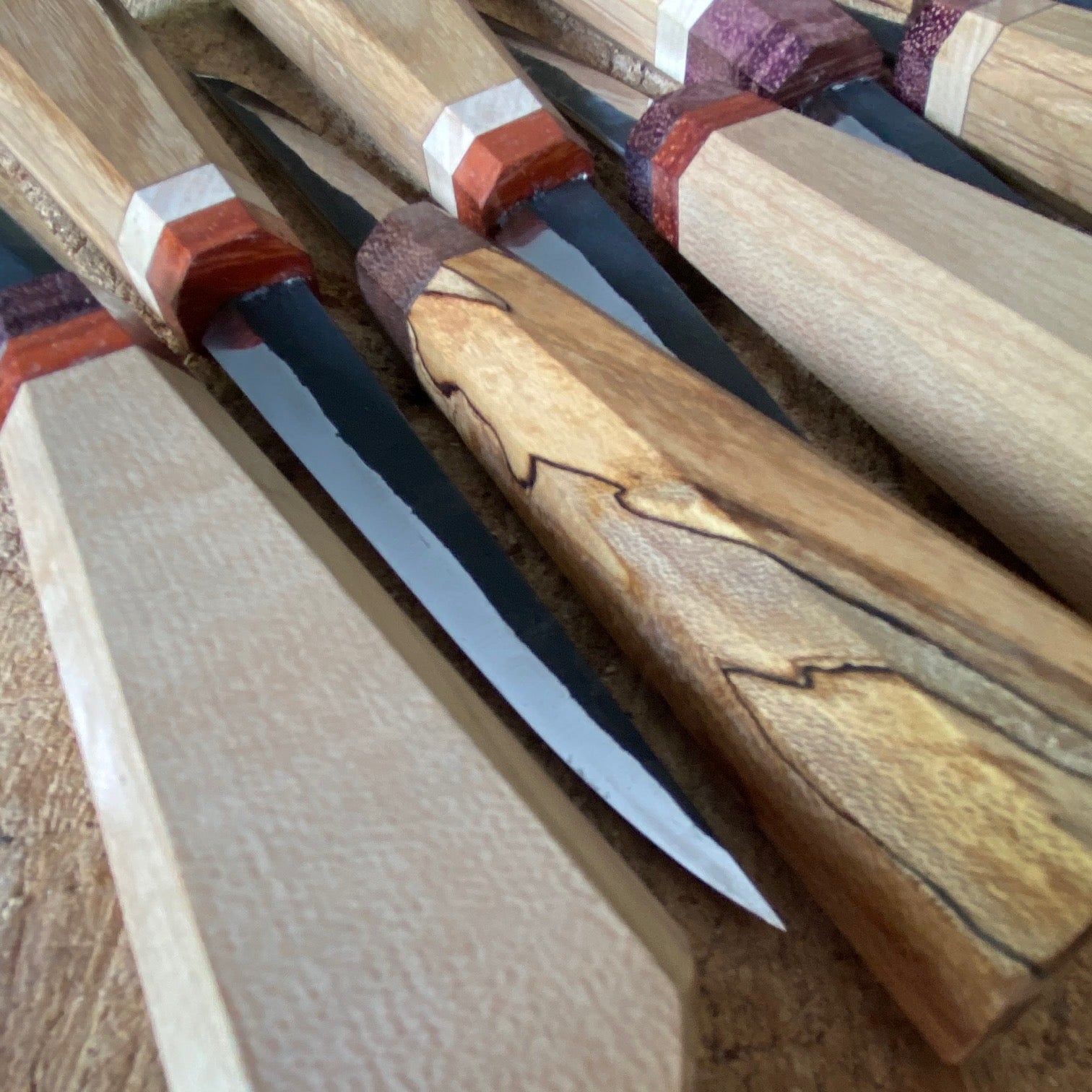

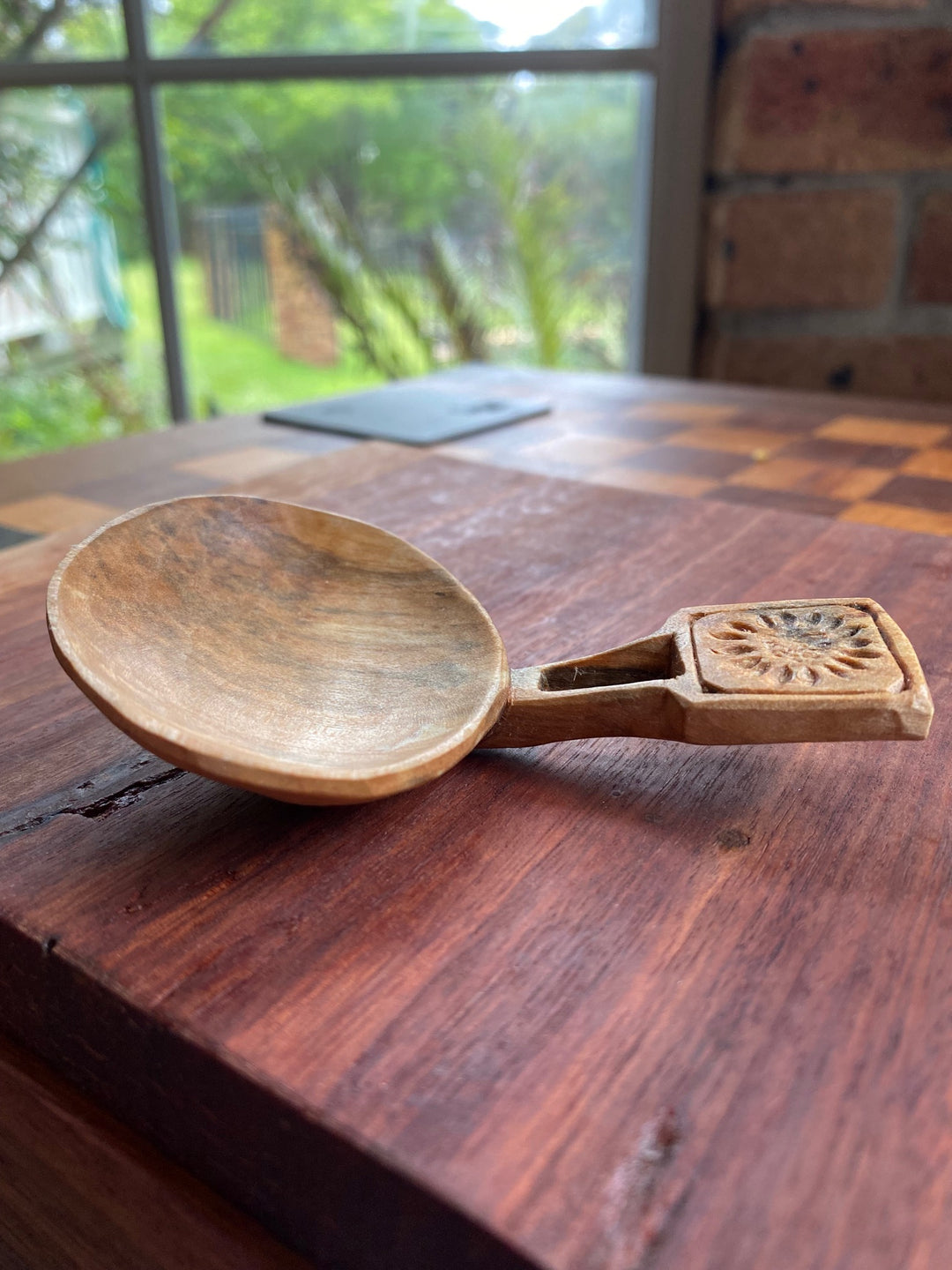
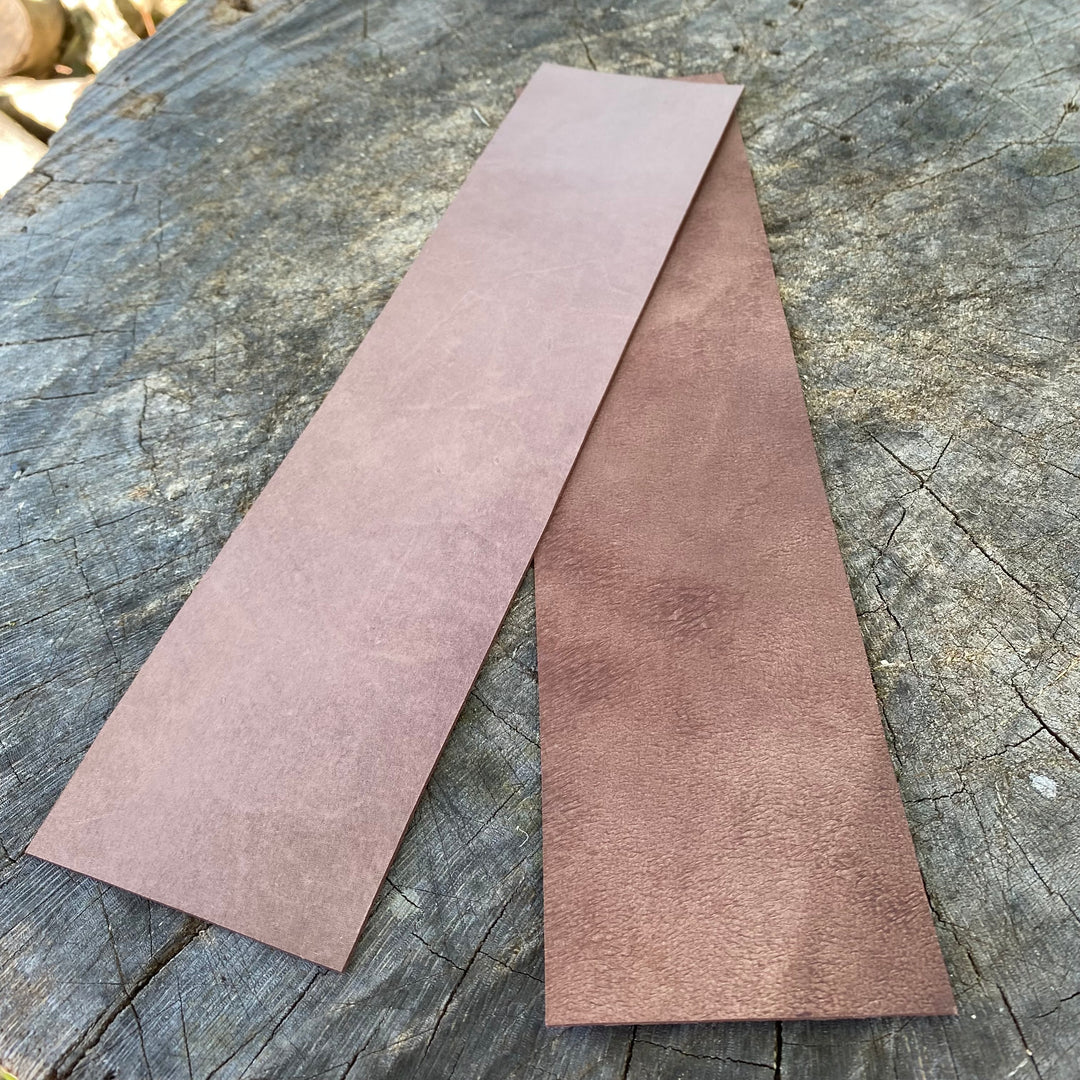
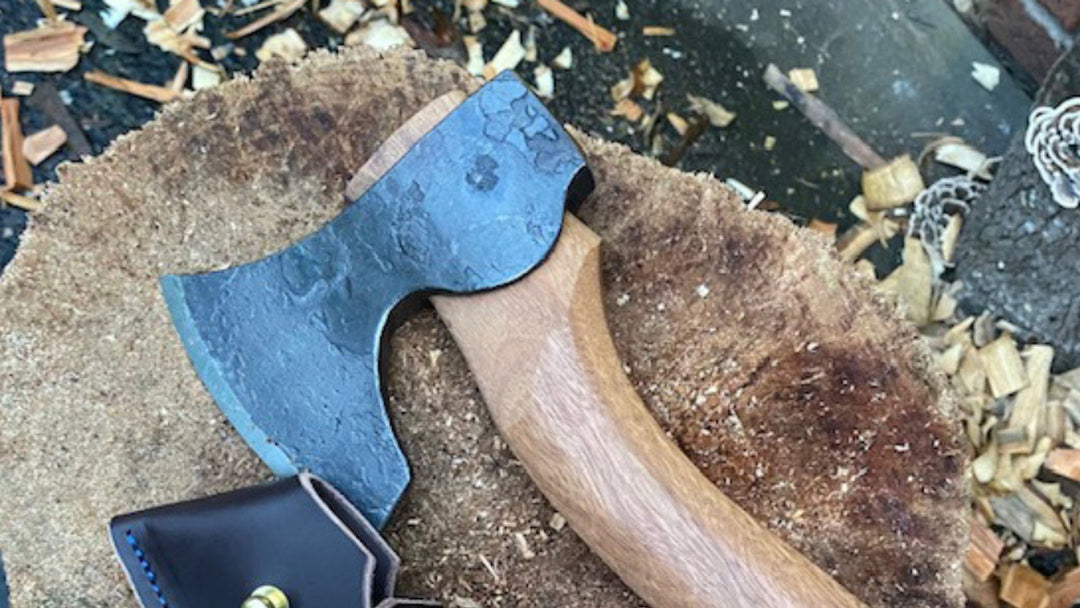
Good evening,
Kindly I’m looking to buy an axe carving axe chopping block log with or without legs if possible. I live in the city and mostly private properties where trees usually are that are reasonably nearby. As I do axe spoon/bowl carving, I need someone to make/cut one for me preferably Silky Oak if possible!
Thank you so much.
Gum trees are hard on the hands and the tools Cameron. You might like to read this article for some Aussie green wood alternatives. https://www.woodtamer.com.au/blogs/blog/australian-green-woods-for-carving
Thanks for this info!
I’m starting to get into spoon carving but not sure where to source green wood in Melbourne.
How are gumtrees for spoon carving?
Thank you for this wonderful information. I am new to carving and new to Australia so I don’t really know the local species. As it happens I was glad to read this because I have zillions of camphor in my area. The local landowner has poisoned them and they are gradually being felled. Not how I like to treat the environment but the local flora and fauna has bounced back amazingly rapidly. I wonder, can I carve it when dried and aged, or will it only cut green?
Hi Tom, You may find that Camphor will have spalting. Yes you can carve it. I personally don’t love it as I find it can be a bit tricky. My concern is that if it has been poisoned do you really want to make eating utensils out of it? My axe block and mauls (mallets) are made from Camphor. I love the smell of it.
Cheers,
Chris
“Has anyone every tried broad leaf pepper? I work in bush regen in south east Queensland and there is heaps of it around here!” – Hi Joseph, I have just googled about this plant and it appears to be toxic.
Leave a comment